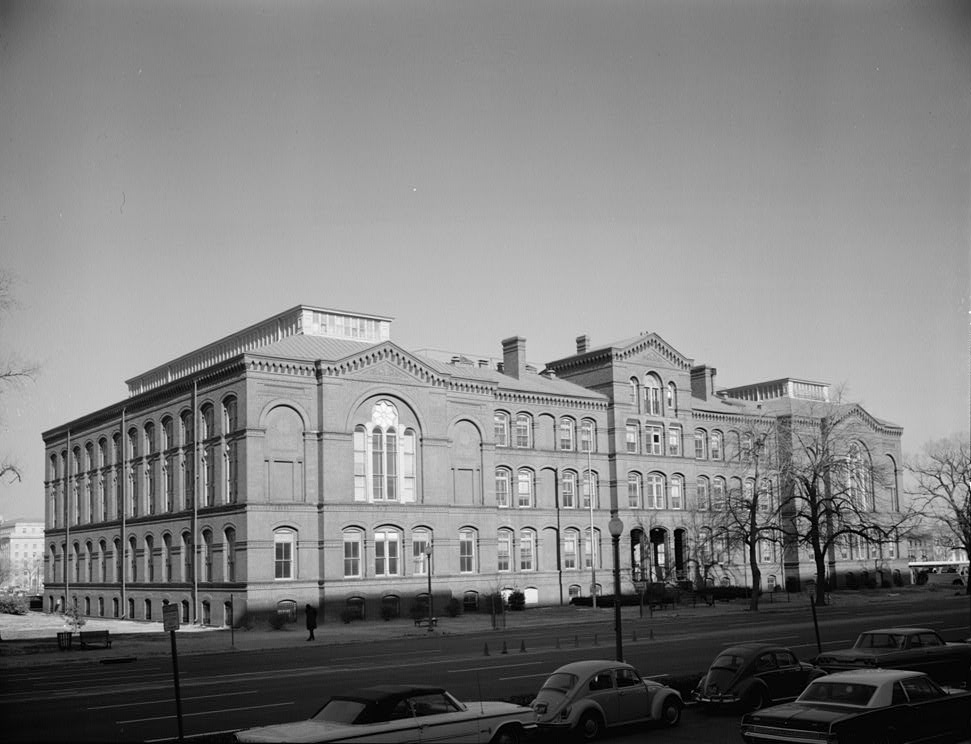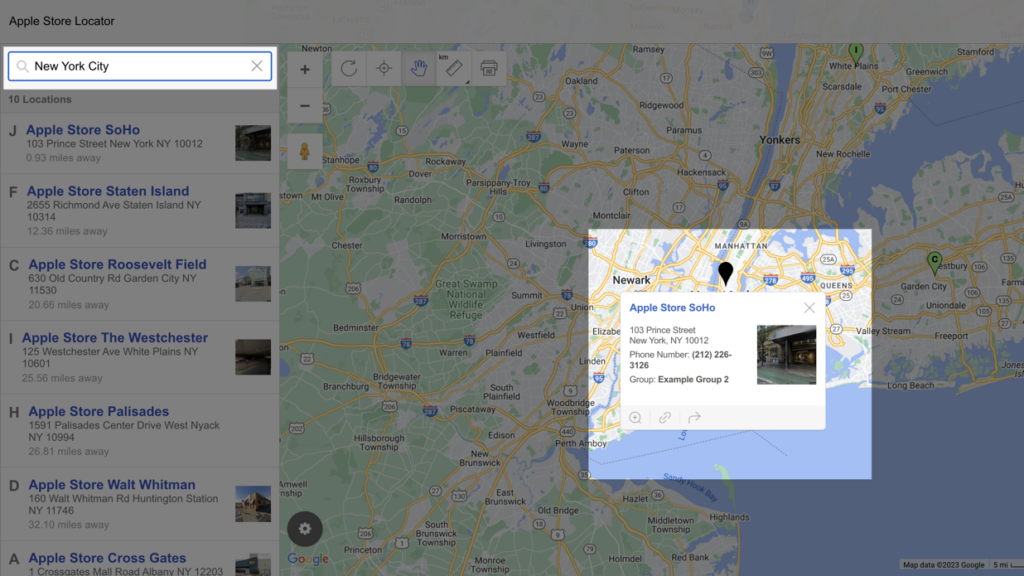What do nearly 600 million people around the world have in common? Hablan español—that is, they speak Spanish. Included in that number is an impressive amount of native Spanish speakers, who, as children, learned to speak the language of their birthplace place. Spanish is only surpassed by English, Mandarin, and Hindi in popularity.
As such, you can find Spanish speakers on nearly every continent in the world, from Africa to Oceania. There are 45 countries where Spanish is either an official language or a significant Spanish-speaking population—and not only in Spain and Latin America, as you’ll find on the map below.
View Map of Spanish-Speaking Countries in a full screen map
Spanish-Speaking Continents

As the fourth most popular language in the world, Spanish is spoken across most continents. But which are home to most of the 45 Spanish-speaking countries?
- South America (11 Spanish-speaking countries)
- Caribbean (7)
- Central America (7)
- Europe (7, including Turkey)
- Africa (4)
- Oceania (3)
- North America (3)
- Asia (4, also including Turkey)
For nine of South America’s Spanish-speaking countries (Argentina, Bolivia, Chile, Colombia, Ecuador, Paraguay, Peru, Uruguay, and Venezuela), Spanish is an official language. Meanwhile, Spanish is spoken in Brazil and Trinidad & Tobago, though it’s not an official language. Within the continent, Colombia is home to the highest percentage of the population who speak Spanish natively (99.2%) while Paraguay is home to the least (68.2%).
While the majority of South American countries all have a high amount of Spanish speakers, technically North America is the continent with the most. Though many separate the Caribbean and Central America (including the source of our data), they’re both a part of the same continent as Canada, Mexico, and the U.S.
Of those three, only Mexico lists Spanish as its official language—and 96.8% speak it natively. Meanwhile, just 1.94% of Canadians, or 732,110 people speak Spanish whether natively or non-natively. Though a small percentage, Canada is the country with the 5th most number of Spanish speakers, for which it isn’t an official language. The U.S. boasts 17.15%—56,757,391 people—of the same statistic, which is actually the highest among the countries where Spanish isn’t an official language.
Altogether, 17 North American countries speak Spanish, and it’s the official language of 10 total, including many of the countries with the most native Spanish speakers we’ll discuss below.
Countries with the Most Native Spanish Speakers
While you can find Spanish speakers on every continent aside from Antarctica, there are certain places where you’d be hard-pressed to find someone who doesn’t speak Spanish. The countries where Spanish is an official language in the following table are home to almost 100% native Spanish speakers.
| Country | Flag | % of population who speak Spanish natively |
|---|---|---|
| Cuba | 🇨🇺 | 99.8 |
| El Salvador | 🇸🇻 | 99.7 |
| Costa Rica | 🇨🇷 | 99.3 |
| Colombia | 🇨🇴 | 99.2 |
| Puerto Rico | 🇵🇷 | 99 |
| Honduras | 🇭🇳 | 98.7 |
| Uruguay | 🇺🇾 | 98.4 |
| Argentina | 🇦🇷 | 98.1 |
| Dominican Republic | 🇩🇴 | 97.6 |
| Venezuela | 🇻🇪 | 97.3 |
If you’re visiting Cuba and don’t speak Spanish, you may have some trouble, seeing as 99.8% of the population speaks the language natively. That leaves just 22,660 of Cuba’s 11.33 million residents who aren’t native speakers.
Yet while Spanish is the official language of Cuba (as is the case for all of the top 10), it isn’t the only language spoken in the country. Many Cubans also speak Haitian Creole, Lucumi, Galician, and Corsican.
Additionally, El Salvador, Costa Rica, Colombia, and Puerto Rico also fall into the 99th percentile of native Spanish speakers, followed closely by the rest of the countries on the table.
You can see where the other countries fall when you group the map by “% of population who speak Spanish natively”, which includes details about the Spanish-speaking country in Africa where 74% are native speakers.










